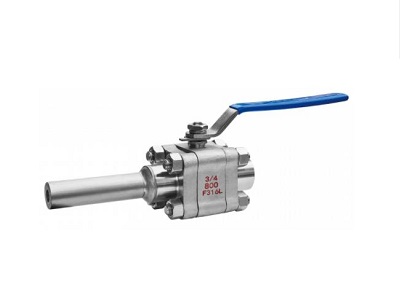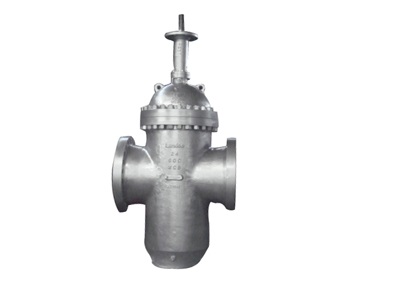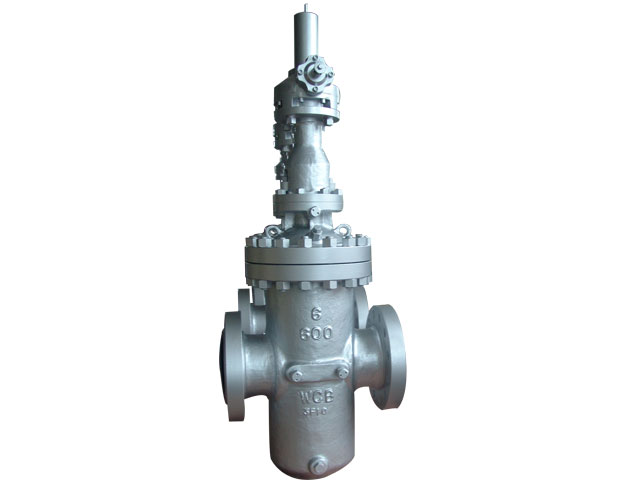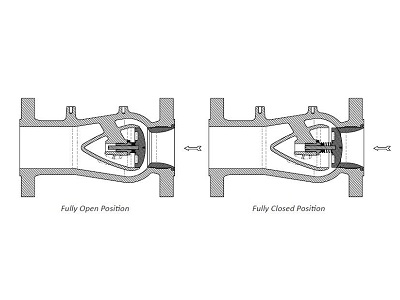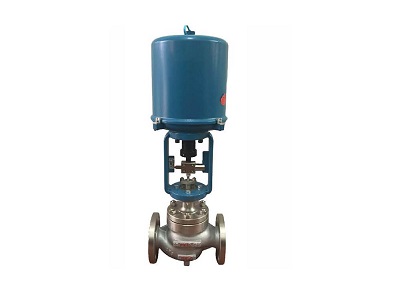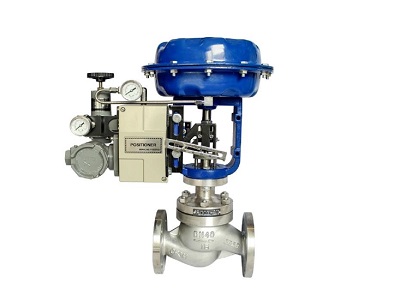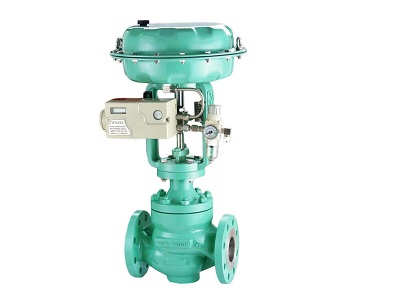-
What are the advantages of the three-piece forged steel ball valve?
The three-piece forged steel ball valve divides the valve body into three parts along a cross-section perpendicular to the axis of the valve passage with two valve seats, and the whole valve is symmetrical along the central axis of the valve stem.… -
Structural characteristics of flat gate valve
The flat gate valve has two floating valve seats. Each seat is designed to be sealed when the medium flows in both directions.… -
Expansion type double gate plate gate valve
Expansion type double gate plate gate valve is suitable for chemical, petroleum, natural gas, power plant, coal mine, construction, steel, light industry and sewage treatment industries.… -
Common types of flat gate valves
A parallel single-gate gate valve without diversion holes. The valve adopts the valve seat to float downstream, the spring preloads the automatic sealing structure, the opening and closing force is small, the higher the working pressure, the better the sealing performance.… -
Structural principle and performance characteristics of axial flow check valve
Axial-flow check valve should have a streamline shape on the surface of the inner cavity of the valve body, the diversion cover, the valve flap and other flow surfaces, with a rounded front and a sharp back.… -
The use environment and precautions of explosion-proof electric control valve
Explosion-proof electric regulating valve is an important execution unit instrument in industrial automation process control. With the increasing degree of automation in the industrial field, it is being used more and more in various industrial production fields. The valve is divided into three types: linear characteristic, equal percentage characteristic and parabolic characteristic.… -
Summary of common problems of regulating valve and selection principle of regulating valve
The regulating valve generally consists of an actuator and a valve. According to the power used by the actuator, the control valve can be divided into three types: pneumatic control valve, electric control valve and hydraulic control valve.… -
What are the pneumatic diaphragm single-seat control valves, and how are the control valves classified?
Pneumatic membrane single-seat control valve can be divided into 5 aspects, namely according to use and function, medium working temperature, pressure, special purpose and according to principle, function and structure.…
 WENZHOU WEITUO VALVE CO., LTD.
WENZHOU WEITUO VALVE CO., LTD.
